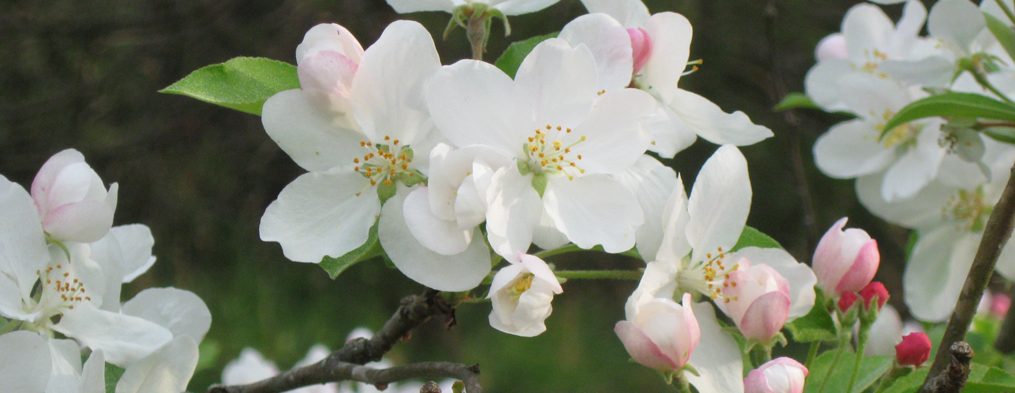In the earliest of times, I believe humans did not see themselves as separate from all that was around them. All of life was interdependent. I see this in my own practice today. When we are born, we are born to a mother. Our lives are solely dependent on her for survival. We are birthed by her, nourished by her, protected by her, and sometimes forced out to experience on our own, by her. She is at first, our own Original Uncultured Mother. Once we move from her shelter, we begin to experience our world in the same way, looking not only for what nourishes, what protects and what shelters, but also for what we need to be mindful of for our own safety, those forces far out of our control. Those forces, which were uncontrollable, the ancients held in high esteem, and honored with reverence.
We might see her in all the symbols around us. If we look at the Earth as the Body of the Goddess we might see her soil as her skin, her rivers and streams as her blood, flowing just as women’s blood flowed. We would see the oceans as the waters of life bringing forth new beings, sustenance for all. At the same time, these oceans could be seen as her mighty power, taking and giving with the tides, those same tides controlling the cycles of women’s bleeding times. We would see the mountains as her breasts, the snow melting and running down her sides into the rivers and streams as her nourishing milk. We often describe our earth Goddess by saying, “her flesh is the soil; her hair is the trees and other plants. Her bones are the rocks, and her breath is the wind. She lies, her limbs and body extended, and on her body, we live. When it is cold, she shivers; when it is hot, she sweats. And when she moves, there is an earthquake.” We see this carried forth in mythology, once written language was developed. Look at Danu who was the mighty Danube River; Cailleach Bheara, found in ancient Scottish and Irish mythology as the maker of mountains, lakes and rivers. In Co. Meath, Ireland there is a set of chambered cairns on a hill, which is known as Sliabh na Caillighe, which means “the Hag’s mountain,” or “the witches’ hills.” Finally, David Leeming, in his book, Goddess: Myths of the Divine Female, describes the cave, “a mysterious damp orifice … maternal wombs … vulva slits, all connected to the mysteries of birth and the source of all life.
In my own practice today, I feel very connected to these ancient people in the ways that I honor the sacred. I have, for the most part, shed much of my dualistic thinking and reconnected to the whole in my reverence for Goddess. In my daily living, I find physical ways to immerse myself in her. When I am able to be by the sea, I stand in Her sacred waters. If I cannot do it in person, I do it in my mind. Each day I feel Her breath on my skin, and bend to feel the soil at my feet. I listen to the birds, and on occasion, I am blessed with wild animals at my back door. The trees are a very real part of my life – my friends – my kin! From all of these I look for messages to guide my life. I know that I am dependent of all that surrounds me. I look to the Sky above me, to the Seas surrounding me, and to the Land beneath my feet, and most importantly, to She Who is the Sacred Fire infusing and inspiring us all. She is my Original Uncultured Mother.
